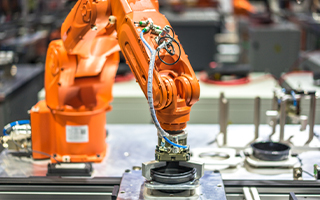Please submit the following details to download this asset.
Building Resilient Networks for the Digital Future
The whitepaper emphasizes the growing importance of building resilient network infrastructures to meet the demands of an increasingly digital world. As businesses face complex IT environments and evolving customer expectations, a platform-based approach to network services becomes crucial.
The article highlights the role of observability—continuous monitoring of network conditions—and AIOps (Artificial Intelligence for IT Operations) in maintaining network resilience and optimizing the user experience. It introduces "Network as Code" (NaC), a concept that integrates automation into network management, enabling more agile, responsive operations. By treating network infrastructure as programmable code, NaC facilitates faster deployments, streamlined management, and adaptive responses to changing business needs.
Despite its advantages, the adoption of NaC faces hurdles such as the need for a standardized infrastructure and a shift towards a Software-Defined Network (SDN) model, which requires careful planning and investment to overcome.
Please submit the following details to download this asset.

















